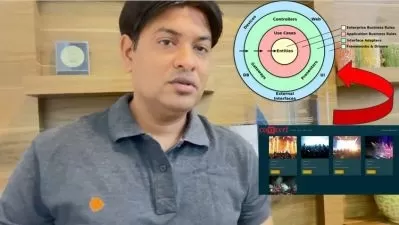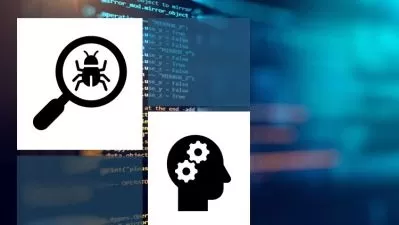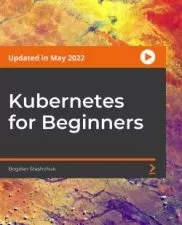Kubernetes Service Mesh with Istio
Mario-Leander Reimer
2:18:05
Description
Building microservice architectures is complex. Handling its complexities (such as circuit breaking, rate limiting, observability, or security) is usually left to development teams to implement. Using well known open source frameworks is an option, but this will quickly lead to excessive library bloat and suddenly your services are not quite so micro anymore. This course provides practical hands-on experience in using the Istio service mesh. Instead of implementing cross-cutting concerns within each service, you will see how a service mesh allows you to transparently inject and decorate the desired concerns into individual communication channels. We discuss the conceptual Istio architecture with its main building blocks and how it works. Then demonstrate how to install Istio and use its traffic management, resilience, diagnosability, and security features. By the end of this course, you will be ready to deploy Istio into production and run your next cloud-native microservice architecture. All the code and supporting files for this course are available on GitHub at https://github.com/PacktPublishing/Kubernetes-Service-Mesh-with-Istio
More details
User Reviews
Rating
Mario-Leander Reimer
Instructor's Courses
PacktPub
View courses PacktPub- language english
- Training sessions 32
- duration 2:18:05
- Release Date 2024/03/14
















